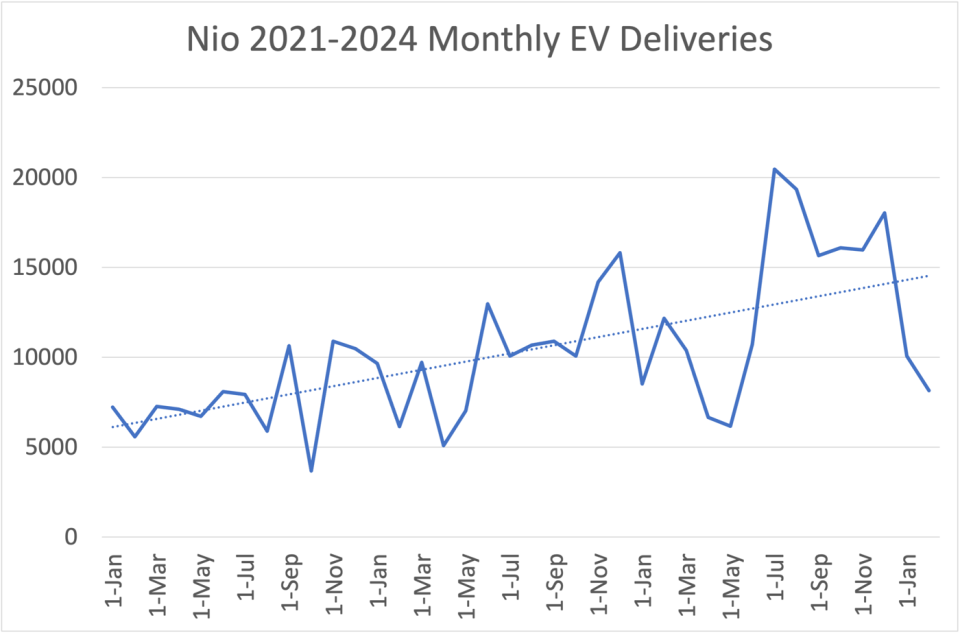Invader acknowledges that his choice of placement is “highly subjective.” In “Chasseur d’Invader: Comment des Mosaïques Ont Changé Ma Vision du Monde” (“Invader Hunter: How Mosaics Changed My View of the World”), the graphic novelist Nicolas Kéramidas observes, only half jokingly, that there are invariably “one or two borderline depressing” sites in every locale. Invader is mindful to cover as much terrain as possible, creating the sense that he’s everywhere at once. “There have to be little dots all over the city, because I think that goes with the concept,” he told me. “Then it’s a real invasion.”
I asked whether he’d ever considered the colonialist connotations of his work. “I don’t want to go in like a conquistador,” he said. “I’m doing something poetic, playful, aesthetic.” His imagery can occasionally seem reductive: pretzels and beers in Munich; magic carpets, aliens wearing fezzes, and a genie in a bottle in Rabat. “They look like the first page of a Google search,” the Moroccan muralist Mehdi Annassi (a.k.a. Machima) said. “Like an Orientalist who doesn’t know much about Morocco. But, in his defense, I think he’s not just doing it for the locals. He’s working for international followers, so he’s doing things that are recognizable, and iconography that can be easily connected to Morocco.”
Invader likens his process to “urban acupuncture,” saying, “I need to find the neuralgic points of the cities I visit.” He has executed more than four thousand mosaics in a hundred and seventy-two cities, including PA_1213, in Paris.Photograph courtesy Invader
In rare cases, if a site seems sensitive—a synagogue in Djerba, for example, where Invader sought to install a menorah mosaic—he will ask before making a move. His invasions are occasionally repelled. In 2018, Invader travelled to Bhutan with a handful of pieces. He installed one of them, depicting a mandala, on a wall at the historic Chagri Dorjeden monastery, and posted about it on Instagram, where he has more than seven hundred thousand followers. Invader says that the chief monk authorized his work. But, he recalled, “there was an American who came up to me, very aggressively saying, ‘What are you doing? Are you doing graffiti in a country that is not yours? It’s disrespectful.’ ”
Invader was unmoved: “Frankly, he annoyed me, because he was telling me not to do something in a country that wasn’t mine—but it wasn’t his, either.” The fight soon spilled over onto social media. “You are an incredible narcissist,” one commenter wrote, on Invader’s Instagram page. Another suggested, “You should do the Grotte de Lascaux next since you’re such a brave irreverent artist, no?”
Not long afterward, the Bhutanese government removed the mosaics. (Neither the chief monk nor the Bhutanese government could be reached for comment.) Invader remains stung by the incident. “It’s a little black spot on my record, but, at the same time, I’m happy to talk about it, because it was completely ridiculous,” he said, describing his antagonist as an American interloper—“the tourist, the savior of the people.”
“It was someone who, more than the Bhutanese inhabitants, didn’t want Bhutan to change,” Julie told me. “He wanted to go there and find a Disneyland.”
Invader doesn’t say much about his past. He was born in the Paris area in 1969, and he allows that his parents were “normal people,” members of the mercantile middle class. In high school, he loved punk rock, film, and photography. He failed the baccalaureate the first time and decided to be an artist, even though he felt stupid saying “I’m an artist!” outright. The punk ethics of D.I.Y., of high tech and “bits of string,” and of contrarianism within community were important to him even before he became Invader. When World Cup mania seized France in 1998, he helped launch an “anti-foot” association that organized a slate of activities—pétanque, Brazilian dance, a “mini techno festival”—for fellow soccer dissidents. On the tournament’s opening night, like-minded souls were reportedly invited to hurl deflated soccer balls at an effigy of Footix, the World Cup mascot.
For a while, Invader pursued a project he called VNARC. It involved a computer virus personified as a man in a hat and a mask, and the acronym stood for Vous n’allez rien comprendre (You’re not going to understand anything). In 1999, he and Zevs, an artist who was making a name for himself in graffiti, formed a collective called @nonymous. Inspired in part by the avant-garde situationists, they roamed the city seeking le détournement—diversion, in the sense both of causing a scene and of having fun. “We loved art, but what we loved most was anti-art,” Zevs told me. In a short film they released, they rush into a subway car and start to scream. The gag seems more terrifying than funny now, but the passengers of the day appear to have seen them as mere weirdos. “We bombed it with our voices instead of aerosols,” Zevs recalled. They fancied themselves hackers of the city, urban pirates “creating dysfunctions and disrupting the everyday.”
Invader got to know other graffiti artists who were active in the Bastille neighborhood. “It was a social network before social networks,” he recalled. The nineties were a propitious moment for French street artists (initially derided by one prominent pundit as “retards who schmear their shit on the walls”). However, Invader’s first show, at the Castelbajac concept store, was not a success. “I prepared maybe fifteen mosaics and nobody bought anything,” he remembered. “Nothing.” No one knew quite what to make of him. “People saw the mosaics and thought it was some kind of cult, or a sign that someone had come to rob their house,” he recalled. He kept on invading, evolving his work through repetition and iteration.
Invader eventually built a fan base, and the theoretical dimensions of his project impressed the cognoscenti. “Referencing domains typically removed from urban art—from the video game to the history of ancient art, and even cartography—he brings the discipline into a more conceptual phase and represents the renewal of the movement,” Magda Danysz wrote in a monograph that accompanied “Capitale(s): Sixty Years of Urban Art in Paris,” a show at the Paris city hall which recently enjoyed so much success that its run was extended by several months. For a 1999 invasion of Montpellier, Invader came up with the idea to literally zoom out, spacing his mosaics so that, if you plot them on a map and connect the dots, you encounter the image of a giant alien.
Signup bonus from





